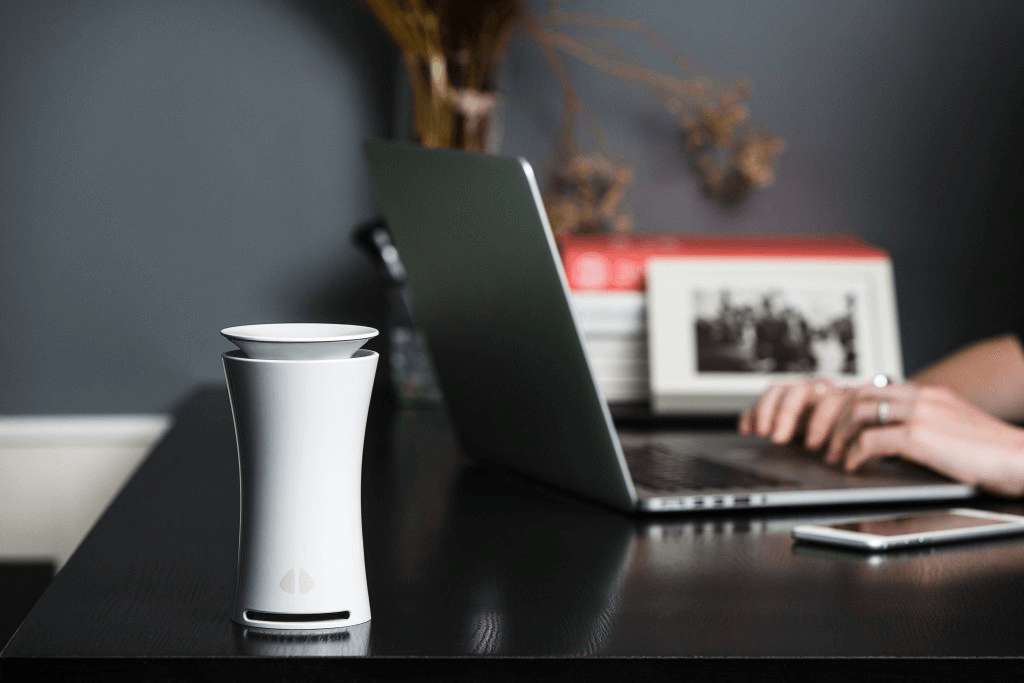Allergic diseases are among the major causes of illness and disabilities, affecting from babies to the elderly. People who have allergies are sensitive to more than one substance, usually pollen, dust particles, mold and others. But one need not suffer silently in the face of allergens. There are things you can do to help reduce the severity of your allergy attacks, and each season is unique in how you approach the problem.
But How Can You Fight Allergies All Year Long?
Fall
During fall, we’re still getting used to the cold after a nice, warm summer, and we tend to keep everything indoors. A few things that can cause allergies during this time are:
Ragweed – It’s a kind of pollen and it can travel for hundreds of miles with the wind, and it can cause allergies even if you eat certain fruits and vegetables like bananas and zucchinis.
Mold – After having so much sun, during fall we forget to open windows on bathrooms and basements.
Winter
During winter, we tend to stay indoors, trying to stay cozy and warm. And because of that, we forget to open our windows and don’t clean the house so often. Some common allergies during winter are:
Dust – can be found in mattresses and beddings, causing allergic reactions
Animals – because we tend to keep them inside, it’s more common to have problems caused by their fur.
Spring
Probably is the worst season for people with allergies. During Spring, people tend to stay outdoors enjoying the end of winter, and because of that, they forget about their worst enemy:
Pollen – usually during the mornings is the worst time for those with pollen allergies, because that’s when the counts are high. So it’s no surprise that windy days are typically worse for hay fever sufferers than calm days. Wind can carry pollen more than 100 miles from its source.
Summer
Summer time is here, you want to enjoy the nice weather and forget about your allergies, right? But you still have to take care of your health, even on the hottest days. The main problem during summer is:
Air Pollution – it can make your allergies symptoms worse, being the most common ozone. It comes from car exhaust and chemicals, and the sunlight with calmer winds creates clouds of ozone around some cities.
Having an Indoor Air Quality Sensor can help you understand the air you breathe at your place, avoiding a lot of those allergies. With eight dedicated sensors, uHoo is the most comprehensive air quality sensor in the market. uHoo has sensors for Temperature, Humidity, Volatile Organic Compounds (VOCs), PM 2.5 (Dust), Air Pressure, Carbon Monoxide, Carbon Dioxide and Ozone.







